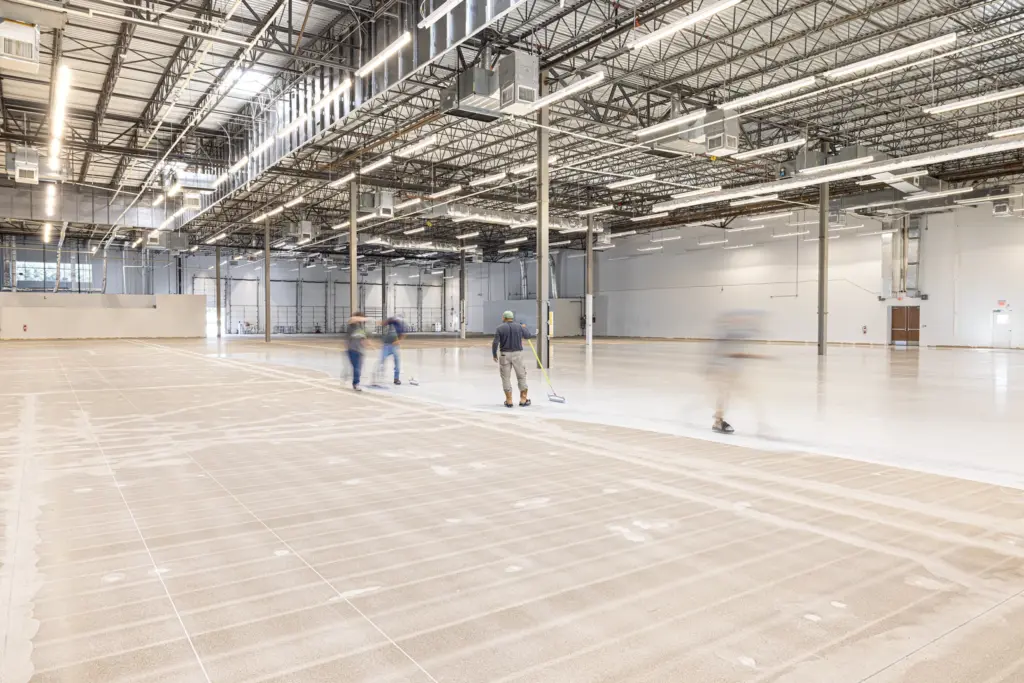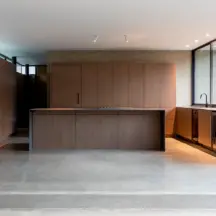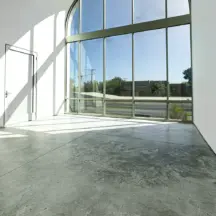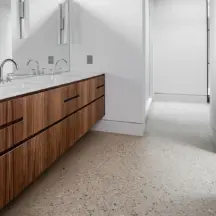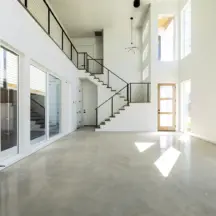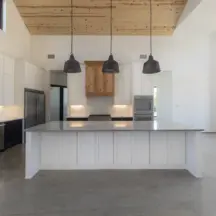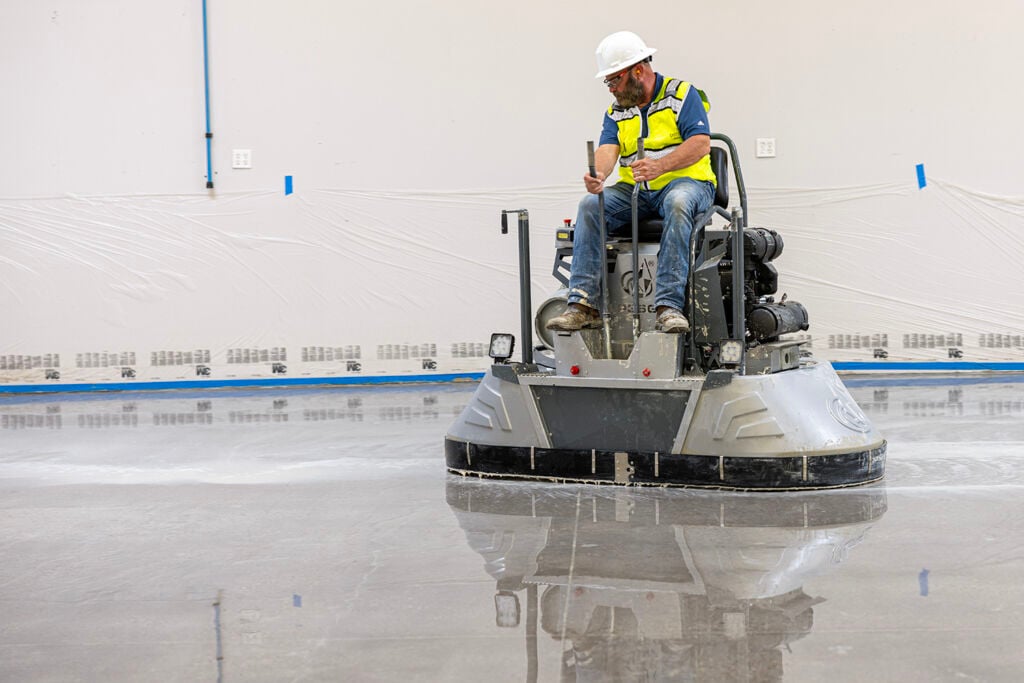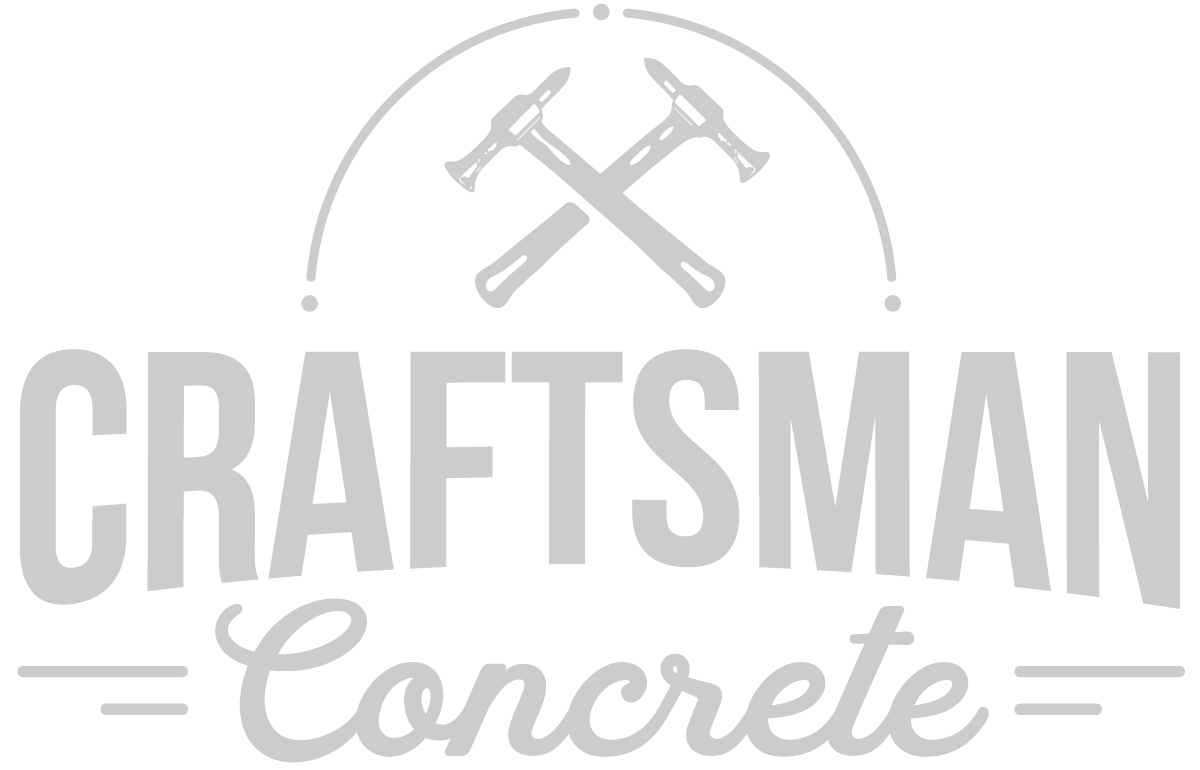Polishing Existing Concrete Floors
Craftsman Concrete Floors specializes in the installation of polished concrete floors for commercial and residential applications. As one of the country’s largest installers of residential polished concrete floors, we’ve developed a proprietary concrete polishing system that meets the stringent quality demands of luxury construction. Polished concrete is a resilient, budget-friendly flooring option that’s easy to clean and light-reflective. It’s commonly used in retail, industrial, and residential projects.
As industrial buildings increasingly transform into luxury condos and upscale retail spaces, one frequent question arises: “Can old concrete be polished?” Though polishing older concrete slabs poses greater challenges compared to newer pours, the answer is almost always yes.
Want to Learn More About Polished Concrete Floors?
We’re here to guide you through the design of our products. A Concrete Floor Specialist will reach out within one business day.
WHY IS EXISTING CONCRETE MORE DIFFICULT TO POLISH?
Concrete Installation Techniques
One of the main reasons older concrete floors are difficult to polish is the techniques used to pour the concrete. Modern concrete is leveled using large ride-on concrete leveling machines called power trowels. These machines can be eight feet or more in width and can quickly flatten large areas of concrete. Older concrete pours are more likely to have been leveled by hand, leaving inconsistencies in the depth of the concrete. Further, modern construction techniques ensure adequate curing time for concrete, while old concrete was often installed with less sophisticated techniques, leading to lower quality concrete.
Untreated slabs are much more prone to staining than concrete that has been polished, stained, or sealed. As we will discuss further in this article, this is one of the primary issues with polishing old concrete. Keep in mind, a polished concrete floor will always be more durable and stain-resistant than an untreated piece of concrete.
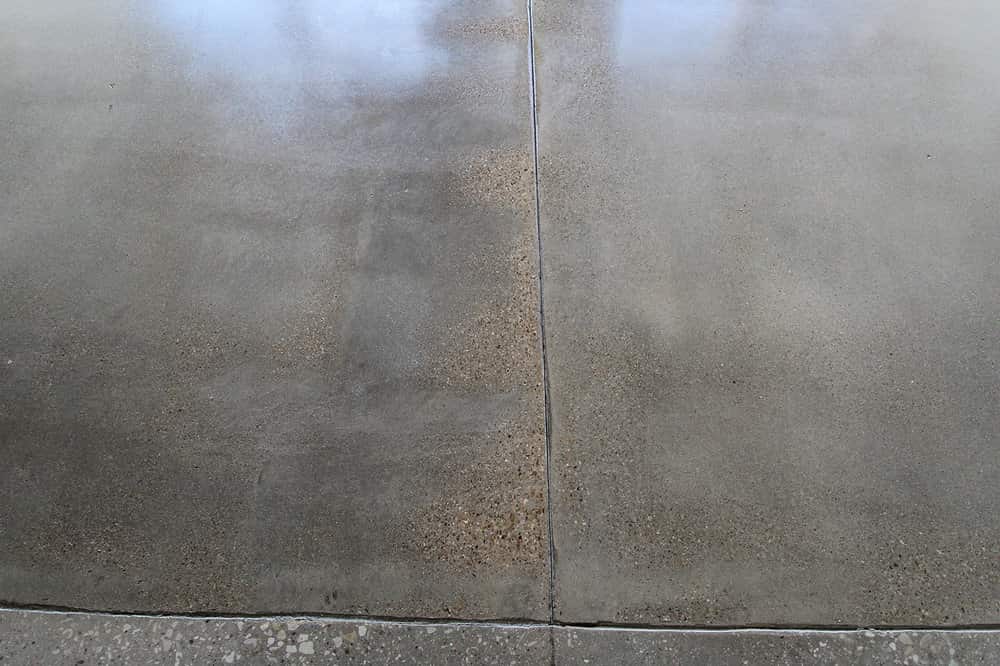
Considerations for Polishing Old Concrete
- CONCRETE POROSITY
Concrete slabs that are of poor quality or have deteriorated over time may show excessive amounts of porosity. While these slabs can be polished, it may be more expensive to achieve an aesthetic polished concrete finish. - CONCRETE DAMAGE
Concrete that has had other types of flooring installed will almost always show some sort of damage from these previous installs. This damage can include glue stains, nail or tack strip holes, or grout line ghosting. Some of this damage, such as tack strip holes can be repaired, while ghosting damage is generally not repairable. - OTHER STAINS
Old and industrial concrete will have often been exposed to contaminants that can permanently discolor the concrete surface. These include oils and other vehicle fluids, food stains, red wine, and many other contaminants. While these slabs can be polished, many of these stains cannot be removed in the polishing process and therefore will still be visible on the finished floor.
When Concrete is Too Worn to Polish — Installing Stained Concrete Floors
While polished concrete is our residential installation of choice, If your old concrete is excessively worn, stained or damaged, it’s likely that a stained concrete floor is a better choice of install for your floor. For moderately damaged floors, stained concrete can help hide imperfections that would be visible with polished concrete.
For more information on stained concrete floors, visit our page styles of stained concrete floors.
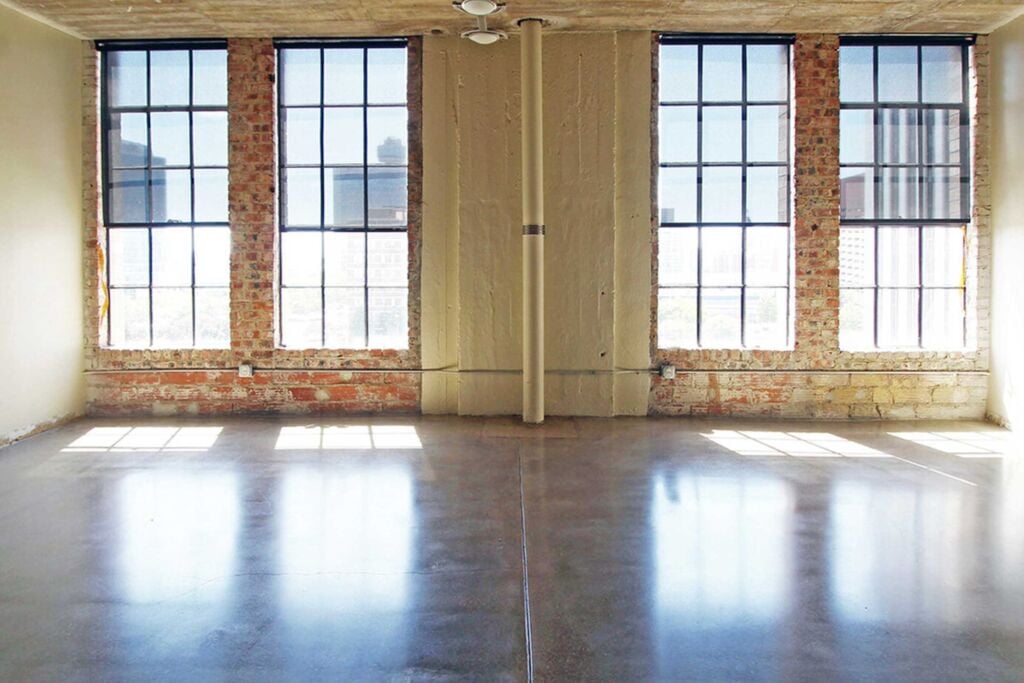
POLISHING CONCRETE IN HIGH RISE BUILDINGS
In modern high-rise construction, concrete is brought onsite in trucks and pumped from the ground to the floor being poured. This allows for very fast and homogeneous concrete pours. In older high-rise construction, concrete was poured from trucks into buckets and then raised by a crane to the floor being poured. This technique meant there would be a significant amount of variation between different areas on a single floor.
EXISTING CONCRETE FLOORS CAN BE SOFT
Due to many factors including the concrete mix and moisture exposure, existing floors can be very soft. To help harden the concrete surface, we must apply reactive silicate densifiers. generally after the initial grinding process with diamond abrasives. While this type of surface preparation can significantly improve the quality of the concrete, soft existing concrete can still be difficult to polish.
POLISHING RESIDENTIAL SLABS
If you’re considering polishing your existing residential slab, the most important consideration is preexisting damage from prior flooring installations. See the section below for more details.

When All Else Fails — Install a Concrete Overlay
If your concrete has too many imperfections to be polished, we may suggest a concrete overlay. Concrete overlays are a thin layer of specialized concrete poured on top of your existing concrete floor. As long as you have a structurally sound concrete floor, resurfacing with a concrete overlay is the best way to disguise stains and cracks. This method allows us to polish concrete with the exact color. texture, and finish desired by the customer, providing a modern and luxurious floor.
visit our ‘concrete overlay installation‘ page for more details and a comprehensive, high resolution overlay gallery
Our Clients




















Blog
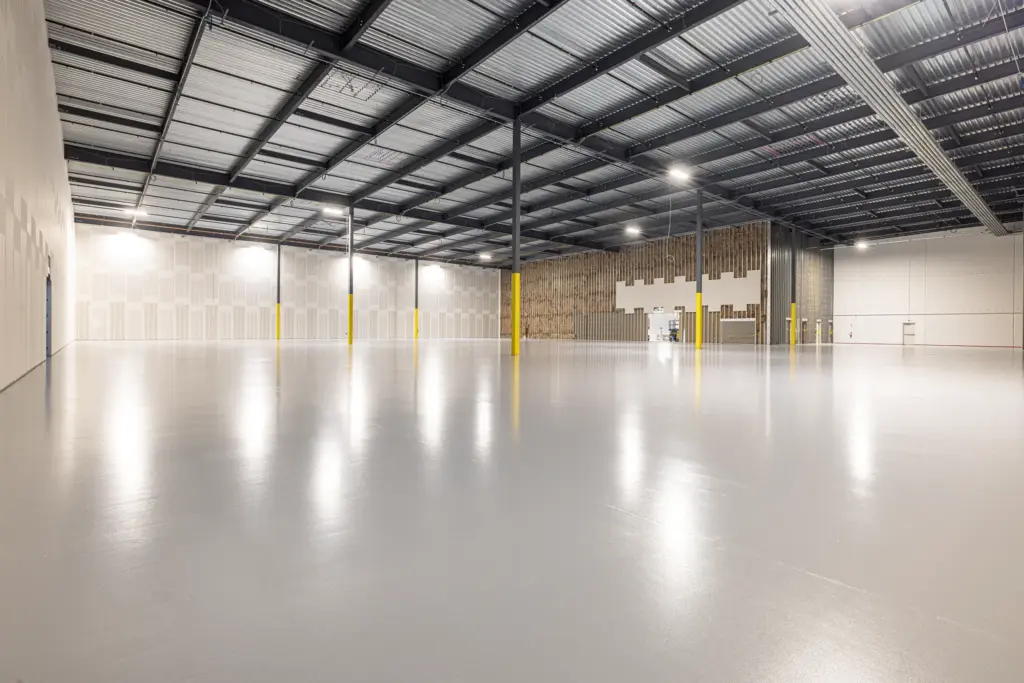
Project Highlight: 34,000 Sq. Ft. ESD Epoxy Installation in Dallas, Texas
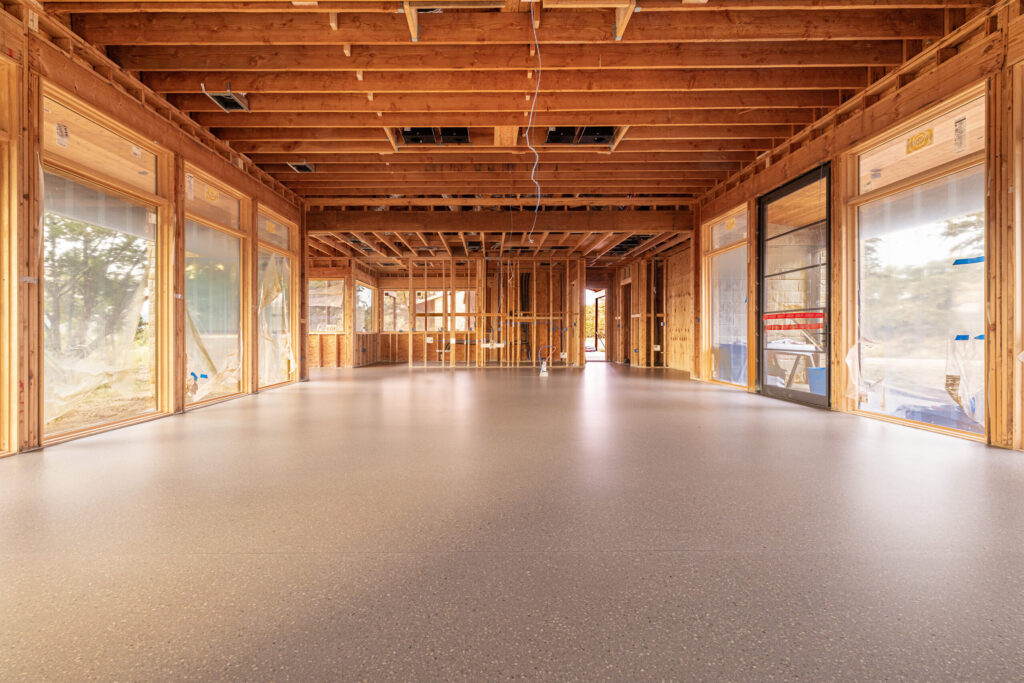
Project Highlight: New Residential Terrazzo Floors in Fort Worth, Texas
